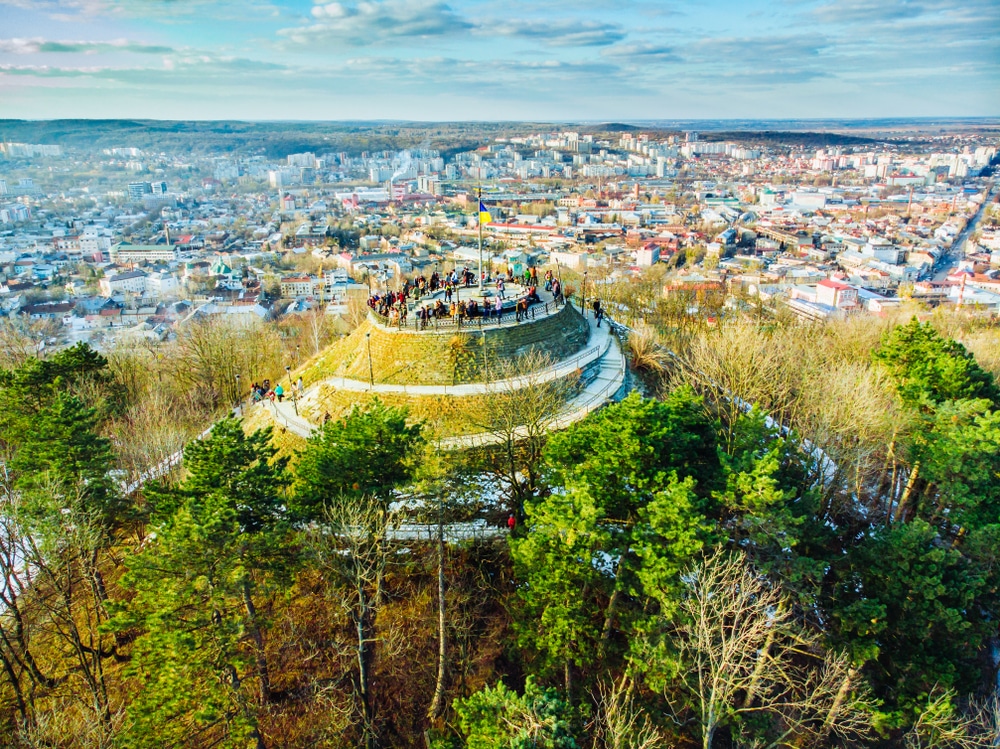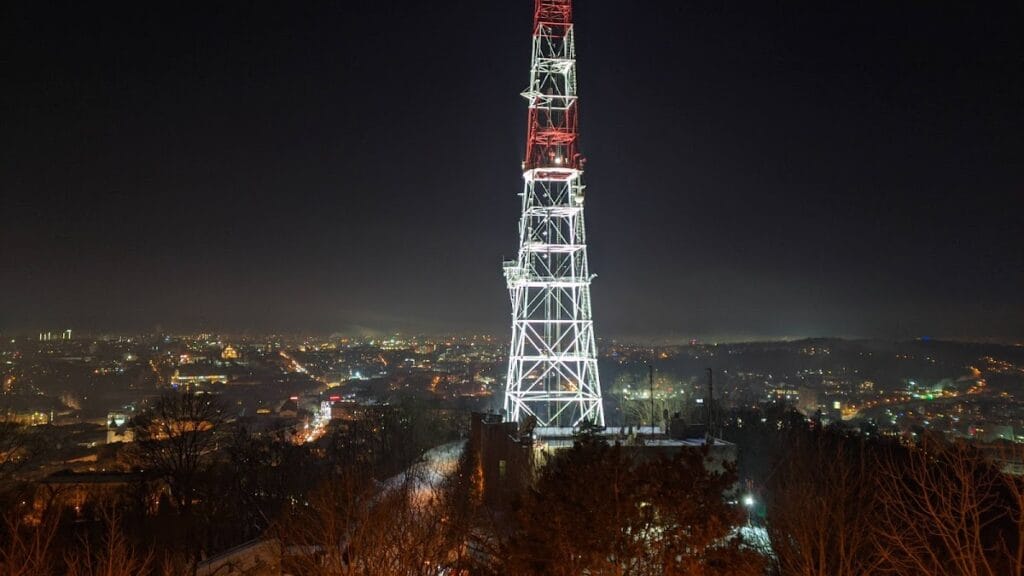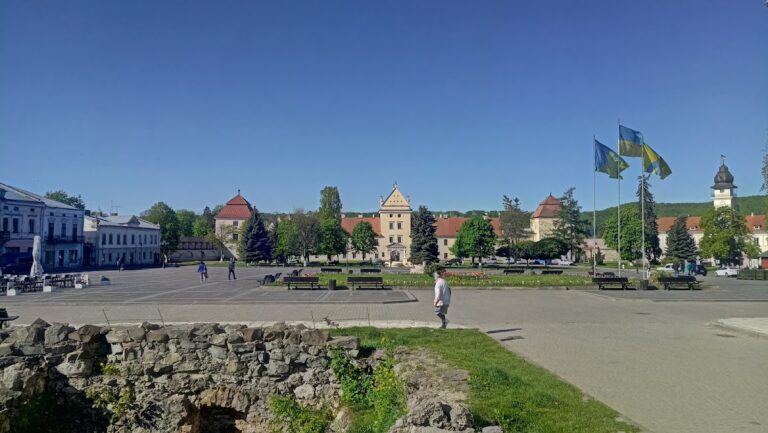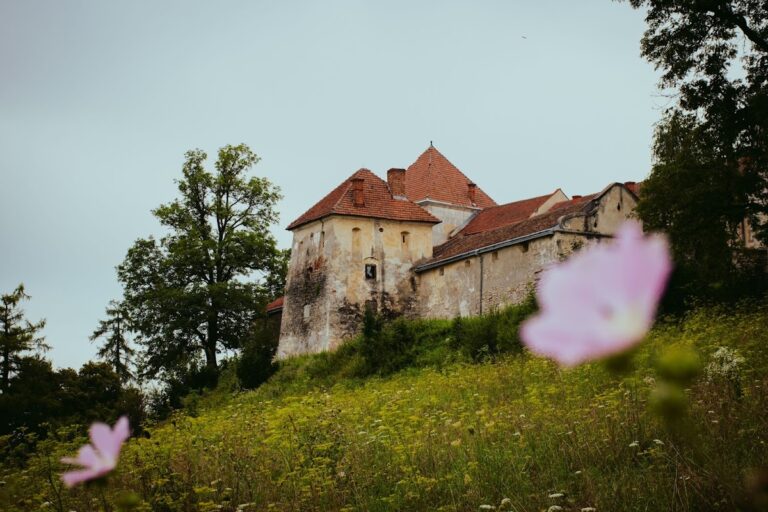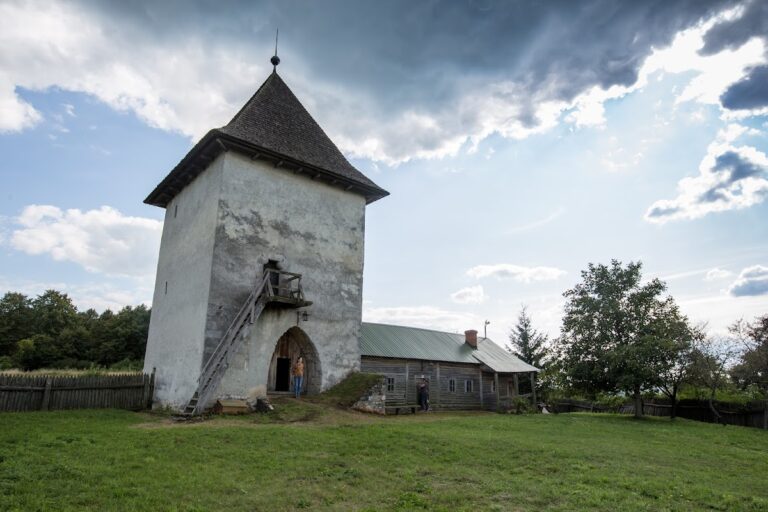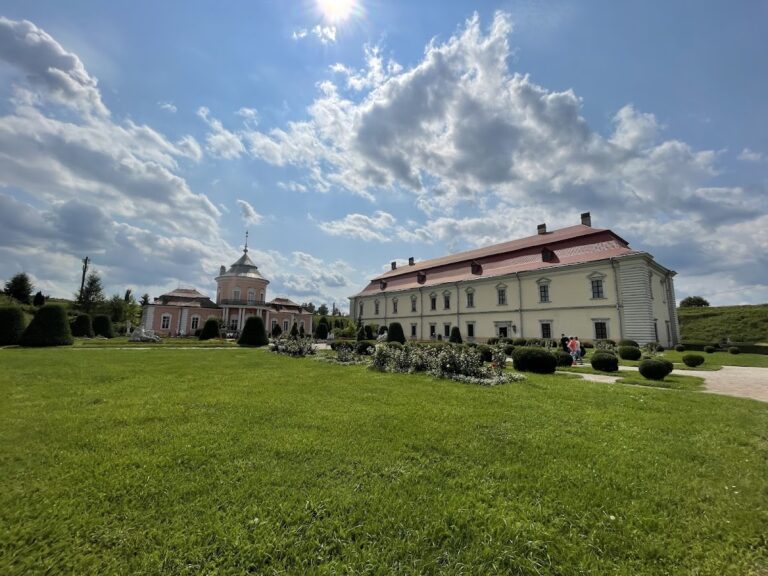Lviv High Castle: A Historic Fortress in Ukraine
Visitor Information
Google Rating: 4.7
Popularity: Medium
Google Maps: View on Google Maps
Country: Ukraine
Civilization: Medieval European
Remains: Military
History
Lviv High Castle is situated atop Castle Hill in the city of Lviv, Ukraine, and was originally established by the people of the medieval Kingdom of Rus’. The site’s earliest known fortifications date to the 13th century under the leadership of King Leo I of Halych, also known as Lev Danilovich. At this time, the castle functioned as a wooden and earthwork fortress that served as the primary treasury and seat of authority, safeguarding royal insignia such as crowns, thrones, and precious crosses believed to contain fragments of the True Cross.
In 1259, the Mongol commander Boroldai ordered the dismantling of the castle’s defenses, but by 1270 the fortifications had been reconstructed. This renewal proved effective when the castle resisted a siege led by Khan Telebuga in 1287. However, the wooden structure faced destruction in 1340 during the conquest of Lviv by King Casimir III of Poland. The site suffered additional damage during a Lithuanian assault in 1353.
Following the region’s incorporation into the Kingdom of Poland and the organization of the Galician lands into the Ruthenian Voivodeship in 1387, King Casimir III commissioned a new stone castle in 1362. This substantial fortress then served as the residence of the royal starosta, a Polish royal official, and housed a permanent garrison. The castle also functioned as a prison; among its prisoners were German knights captured at the Battle of Grunwald in 1410 and Princess Halshka Ostrogska.
By the mid-16th century, the castle was well maintained and equipped, containing a chapel for religious services, vaulted guardrooms, a considerable artillery complement of ten cannons, siege gear, large stores of gunpowder and ammunition, royal living quarters, arcaded galleries, and multiple towers. Throughout its history, the castle endured several military conflicts: it fell to Cossack and peasant forces led by Colonel Maksym Kryvonis during the Khmelnytsky Uprising in 1648, was occupied by Turkish forces in 1672, and sustained heavy damage from Swedish troops in 1704.
After the First Partition of Poland in 1772, the Austrian administration took control of the city and began dismantling the castle’s fortifications. Most of the stone structure was removed during the 19th century, with the remaining walls destroyed between 1868 and 1869 to make way for the Union of Lublin Mound. Subsequently, the site was transformed into a landscaped park. In 1869, the Union of Lublin Mound was erected atop the former castle location, and later, a television tower was constructed on the hill in 1957. While proposals to reconstruct the stone castle were discussed during 2004–2005, they were never realized.
Remains
The castle’s original 13th-century fortifications were built in a traditional Rus’ style, primarily combining wooden and earth elements. Archaeological investigations have uncovered remnants of a round tower from this period and significant deposits of local stone. There is scholarly debate surrounding the use of “tramy,” which may refer either to wooden logs or stone blocks incorporated within the defensive structures.
The more durable stone castle erected in 1362 by King Casimir III occupied an elongated, rectangular area shaped by the contour of Castle Hill. Its design featured four towers positioned at the corners, with the tallest on the western side serving as a watchtower. The interior layout was divided into two courtyards separated by the princely palace building. Within the fortified walls lay essential support buildings such as barracks for soldiers, ammunition depots, and a deep well hewn directly into the rock for water supply.
By the middle of the 16th century, the castle’s facilities had expanded to include a chapel equipped with the necessary liturgical items for religious ceremonies. The presence of vaulted guardrooms suggests a focus on fortified defense, complemented by ten artillery pieces and various siege implements. Large quantities of gunpowder and cannonballs were stored to support the garrison during military engagements. The royal residential quarters were complemented by arcaded galleries, known as krużganek, which are covered walkways supported by arches. Surrounding the fortress were defensive walls pierced by embrasures—openings designed for artillery firing.
Today, only a fragment of the southern defensive wall with its characteristic embrasures remains, delineating the former outer bailey located between the main outer and inner gates. Much of the castle’s stone material was repurposed during the 19th century for building construction within Lviv, such as the tenement house at 3 Lychakivska Street. Additionally, the hill’s rocky base was quarried extensively during this period. The present-day site is marked by the Union of Lublin Mound, constructed in 1869 atop the ruins of the castle, and a 141-meter television tower erected in 1957, which stands on the ridge where the fortress once dominated the skyline.

